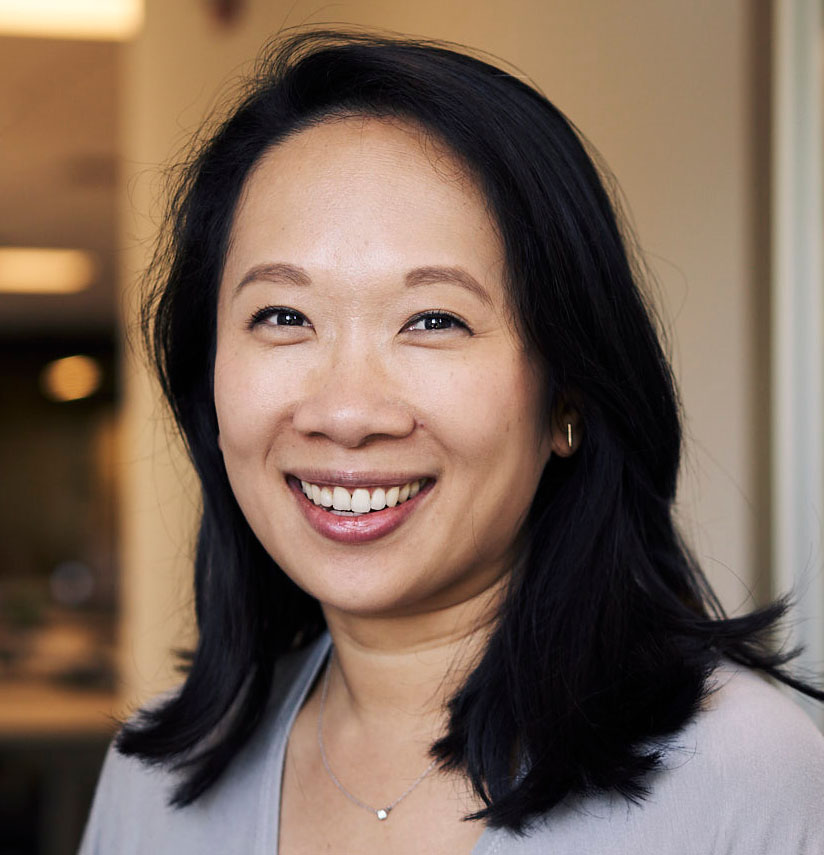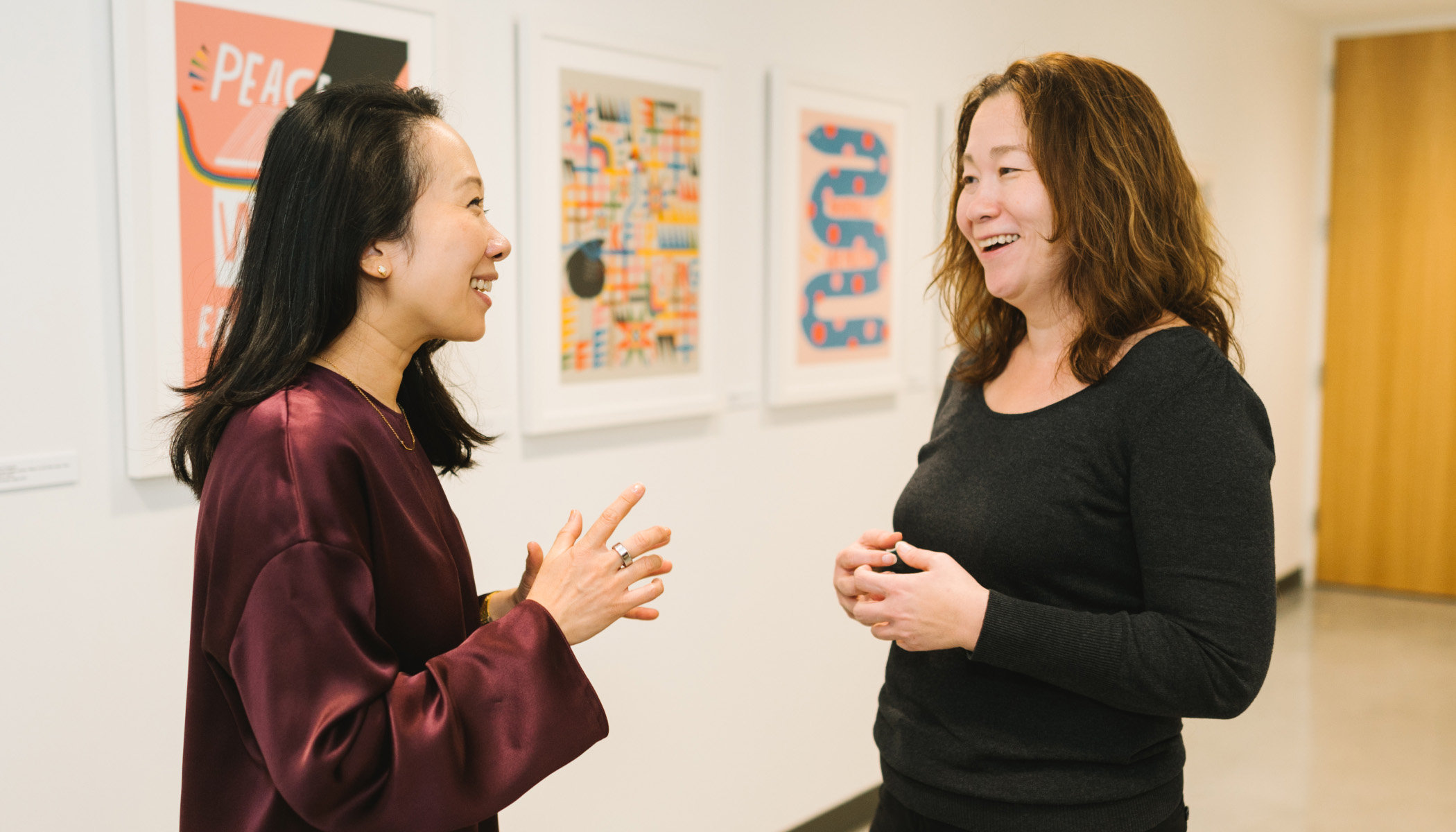Aug 17, 2023 · 8 min read
The Future of Our Work in Education
Sandra Liu Huang, CZI’s head of education, shares learnings and our refreshed strategy.

It has been nearly five years since I started as head of education at the Chan Zuckerberg Initiative. During that time, we have had the deep privilege to partner with and learn from so many perspectives of our grantees, supporters, fellow funders, educators, and students.
Together, we have navigated an overnight shift to remote learning and responded to the urgent needs of students as they grappled with the uncertainty of the pandemic. We have invested in advancing groundbreaking research on child development. And we have built products and tech platforms grounded in that research. To honor our shared work, I wanted to share some of our learnings — and how these learnings are guiding our focus in our next chapter.
Through our partnerships with researchers and educators and the work of our software team, we can create educational tools that better integrate research, practices and content.
Since the start, CZI’s efforts in education have been defined by collaboration. We have brought together researchers and educators, families and program designers, school officials and educator training developers, policymakers and curriculum providers, child development specialists and academic instruction experts. With visibility across such a broad spectrum of leaders, who are dedicated to various parts of the education system, a key learning for us is this:
We’ve collectively developed resources that are cutting-edge, high-quality and research-based — but some of these resources are underutilized.
As a former product manager, I often think about the experience of the end user, in this case, the educator. Classrooms are more connected than ever before, but there are too many offerings for educators, from ed-tech tools to curricular resources and beyond. These tools and resources unlock possibility; however, as our partners at Gradient Learning have heard from countless educators, it can be difficult and time-intensive to piece them all together.
We believe that, alongside our partners, we can help these important research-based resources more consistently reach students and educators, by focusing on coherence for educators.
Through our partnerships with researchers and educators and the work of our software team, we can create educational tools that better integrate research, practices and content. From program conception to software feature design, we can center our work on student and educator voices so we can address chronic learning and teaching challenges while creating a way for important high-quality resources, research, practices and content to reach broader utilization.
The idea here isn’t to reinvent the wheel, but to identify what’s working and help scale those solutions through product experiences inspired by and designed with our nation’s educators and students. We plan to start with the areas we know best, like academic differentiation, student-guided learning and student-educator relationships — and after that, we plan to incubate new ideas and explore new partnerships with others who value this work of translation from research to classrooms to concrete applications.
We will incubate more products like Along to drive coherence.
We know what’s possible when we work towards coherence. A few years ago, together with Gradient Learning, our team developed Along, a tool to help educators make each of their students feel seen and understood. And we didn’t do it alone.
We partnered with organizations like the Search Institute to ensure the product was backed by and based in research on developmental relationships between educators and students. We partnered with organizations like The Character Lab and Upstream Education to get input from racially diverse groups of students. We partnered with organizations like Greater Good Science Center, Black Teacher Collaborative, and Understood to improve the content. And this year, we’re launching a new set of features that are co-designed with educators to help open new lanes of communication with students and get actionable feedback on how to make instruction more inclusive and effective.
This is what we mean by coherence: By working in lockstep, not piecemeal, we not only develop better products, we make it easier for educators to adopt research-based practices to the benefit of their students.
We will continue to support Summit Learning and its educators.
As we move forward, we continue to be committed to one of our closest partners, Gradient Learning, an organization that embodies the spirit of designing with and for educators. Next year, Gradient Learning will publicly introduce the next version of the Summit Learning program, which it has been developing with schools. Thousands of students have benefited from the program’s school-wide approach to supporting the whole child, and Gradient Learning is now working to make the program easier to implement by the beginning of the 2024-2025 school year.
When we started building out the technology platform for the program, there were no other technology solutions that could power a full-school model like Summit Learning. As the ed-tech market has developed, so many great solutions for learning management have come to the market that can support the program as it goes to the next level. We plan to help foster a careful and responsible transition of core features of Summit Learning to a third-party platform over the next year.
CZI will also actively partner with Gradient Learning and schools participating in the Summit Learning program to work with us on the ideation and design of new tools to drive coherence.
The idea here isn’t to reinvent the wheel, but to identify what’s working and help scale those solutions through product experiences inspired by and designed with our nation’s educators and students.
We will build on our grantmaking investments and move towards coherence.
Through the investments we have made since 2015, our partners have helped transform the field of whole child development within education through the research that underpins products like Along and programs like Summit Learning.
Eight years ago, the ways whole child development showed up in classrooms were largely divergent — that is, they either focused on child development or focused on learning. But brain science shows that the two are interrelated. To that end, we have partnered with researchers and educators to build better interventions, and then validate and scale them.
After an initial focus on the development and validation of measures of student and school success, our partners are now reaching over 5 million students with these supports. Our work with the Assessment for Learning Project, for instance, is supporting educators in 34 states who are rapidly building, implementing and iterating on measurement tools. We have also funded the translation of research on whole child approaches in education into teaching standards used by organizations like the National Board for Professional Teaching Standards. More teachers than ever before are striving to earn National Board Certification, helping to sustain the impact of this work.
In addition, we are beginning to see the impact of our investments on the field of educational research. Four new university labs and centers have launched in connection to the work we have funded. Among our partners, the pace of research itself has sped up with their focus on rapid cycles of learning; in fact, one researcher published 20 papers in connection to a single grant from us. And in ensuring that those closest to the communities we care about are leading the research, our investments have also cultivated more diversity within the field of educational research.
From here, we are committed to continuing our collaboration with partners to bring these grants to the next scoped milestones. In parallel, we’ll begin to scope new grants that tie more closely to the specific areas the educators and students we’re working with help identify as priorities for our coherence work — efforts that connect not only research to practice, but also practice to product.
Onwards
Since 2015, our understanding of what’s possible in the world of education — and in our world more generally — has changed. And so, at CZI, our education efforts must change too. Navigating these changes is humbling and challenging, but ultimately, necessary. The truth is, the depth of needs and the complexity of our education system requires constant questioning, strong partnerships, and the willingness to iterate. No single organization can accomplish all of what is needed for systems change — and at CZI, we want to sharpen who we are and how we can best serve through our educational research investments, our relationships with educators and students, and our ability to build useful applications with our technology team.
This moment demands not just investment but innovation — and that’s why we are building a team of experts and partners to identify opportunities where technology and grantmaking can drive coherence. Our approach will be refined, as needed, and focused, as always, on students and their future. We look forward to sharing more and working with many of you as we start this next chapter.
With tremendous gratitude for those who have walked with us and those who will,
Sandra






